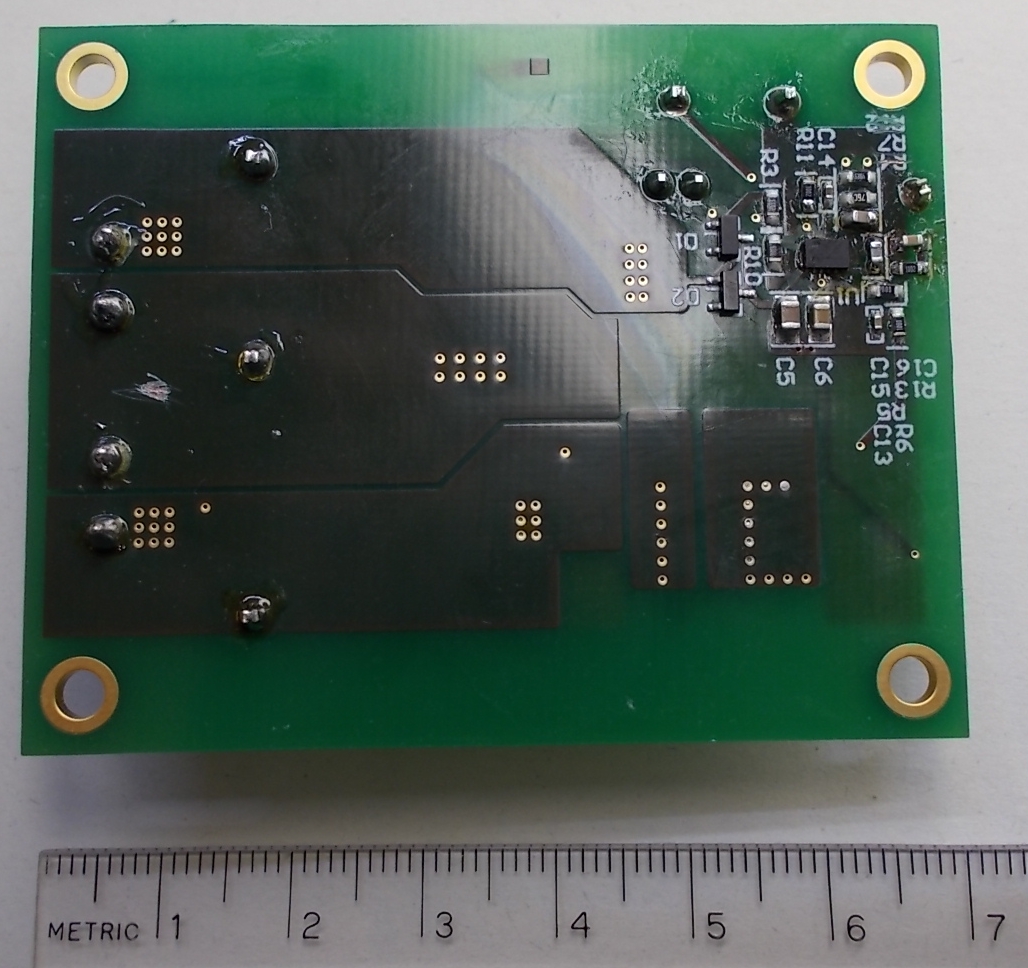2-MHz Automotive SEPIC Reference Design
Description
Due to customer demand, this SEPIC converter is designed for 2-MHz switching frequency. Applying such a fairly high switching frequency to a hard switched topology results in increased switching losses at FET and rectifier as well as increased core losses and AC losses at the windings. To minimize those losses the FET and dual inductor must be carefully selected – and by doing so, an efficiency of almost 90% at peak current 2 A by non-synchronous rectification was achieved.
Furthermore, this converter is designed for pulsed load, switching from 0.2 A to 2 A continuously, a current transient of 90%. For best load regulation the loop bandwidth has been tuned achieving a load step response around 1% deviation of output voltage.
Features
- SEPIC topology is able to step up and step down wide input to output voltage of 12 V
- Withstands cold cranking as low as 4.5 V and load dump up to 36 VPEAK
- Due to continuous input current SEPIC topology, low conducted emissions and high switching frequency of 2 MHz were achieved which is beyond the AM broadcast band
- High switching frequency also provides small inductance to support dynamic loads, means loop bandwidth around 10 kHz results in transient response 1% for 90% load transient
- The prototype supports as-it-is up to 1.5-A continuous load and up to 2-A pulsed load
Applications
 Top Photo
Top Photo Bottom Photo
Bottom Photo